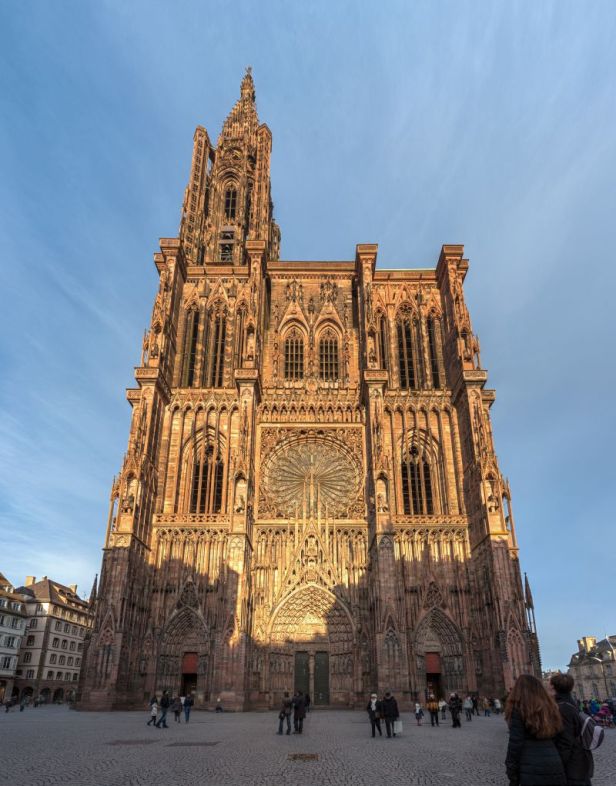God uses temporal things, to show us the eternal reality for which our soul hungers-Augustine
This fall I am teaching a Seminary course on Christianity and the Arts in which we will determine how a Christian view of beauty and truth meets form and content within the arts. One of the texts we will examine is Visual Faith: art, theology and worship in dialogue by William A. Dyrness in which he emphasizes “how powerful and persuasive are the visual dimensions of contemporary popular culture” and the relationship between visual arts and worship in particular.
In his book, Dyrness examines the uneasy relationship between Art and Faith, especially in Protestant churches. I love to view art, study the history of the artists and their works, and most recently have renewed my soul through the art of painting. I am also a Christian believer who worships in a Protestant church that uses visual arts. I do not have a problem in combining the two nor have I given much thought to the relationship between art and worship; until now!
As this blog is not a book review or a synthesis of Visual Faith, I wanted to focus on a small part of Dyrness’ thesis as he explores the development of the visual arts through the ages and the contrast in these iconic images of past and our modern visual arts. As I also love history, this part of the book was fascinating to me—specifically the visual arts from the early church to the middle ages.
In these early days, the church was deeply concerned with defending and communicating the truth about God and the discussions about art “were profoundly theological and only marginally about artistic elements” (25). Until 200 A.D., most visual art was found in the catacombs and burial places which were hidden from most of the world. In these images were found the Christian symbols of shepherds, fish and athletes’ palms. Into the third century, one would find marble imagery and after the conversion of Constantine in 312 where Christianity became the official religion of the Roman Empire, churches began to be built for public and private worship and were adorned with mosaics (28).
According to Augustine (430) in his On Christian Doctrine, “’God uses temporal things, to show us the eternal reality for which our soul hungers—the earthly sign points to and represents a spiritual reality’”(33).
During the middle ages in France, Le Moyen Âge, a renewal of the arts began to spring up and would spread through all of Western Europe. This is known as the Renaissance. A group of monks who were intent on reformation of the church settled in Ile-de-la-cite and built a church that would later become the Gothic La Cathédrale Notre Dame. Soon, Strasbourg and Reims would also add these massive Gothic cathedrals which “became the center of the social and religious life of the community”(39).
These cathedrals were built with similar themes of:
- the last judgment located over the central portal to remind us that we were entering God’s judgment;
- additional portals with images of prophets and apostles on “whose word rested the hope of God’s people”(40);
- an interior altar which was placed in the center of the cathedral in a raised position, “’where the body and blood of Christ, the bread of heaven and the cup of salvation were distributed’”(40).
The Notre Dame became my home church while I was living in Paris for a Graduate Internship. Despite the iconic tourist attraction or the rich history of this cathedral which was nearly destroyed a year ago[see post], I chose the Notre Dame as my home church because of the aesthetic role of art and architecture which brought me much peace and filled my spirit during worship; to sit quietly and observe and smell and listen for the spirit of the place.
I can still vividly recall the incense filled cathedral enhanced by the morning multi-colored light shining through the stained glass windows which depict the life of Jesus in bold crimsons, cadmium yellows and reds and cerulean blues; the sacred “thin place” in the heart of Paris where a handful of the faithful seek to connect with a force greater and purer than one can conceive or imagine. The visual arts of sculpture, carvings, artifacts and stained glass enhanced my worship, but was not the only conduit of worship.

Rose Window, Notre Dame 

This time of living independently in Paris was magical and enriched my relationship with God as I had to rely on Him daily for strength and courage to live abroad. However, most of my life, I have worshipped in modern church buildings sans the sculpted figures and scenes.
Dryness concludes with a charge to each unique congregation “to find styles and media with which they are comfortable…to ask God to allow us to bring out of our treasure house the talents that he has placed there and, as the Spirit inspires us, to make our unique image or to sing a particular melody of praise to God”(160).
Does the presence of visual art still influence my attitude of worship today in the modern sanctuary of our Protestant church in the United States? After reading and studying Visual Faith,
I feel my understanding and definition has changed. Previously I have labeled art in its static forms as Schaeffer states in Art and the Bible, such as painting, poetry, and music. Now I would add that the definition of art in worship is beyond these static influences and is best seen as an extension of the creator God flowing through me, His unique creation, in my worship to Him.
Works Cited
Dyrness, William A. (2001). Visual Faith. Grand Rapids, MI: Baker University Press.
Schaeffer, Francis A. (1973). Art and the Bible. Illinois: Intervarsity Press.
Copyright 2020 by Robyn Lowrie. May be quoted in part or full only with attribution to Robyn Lowrie (www.frenchquest.com)


